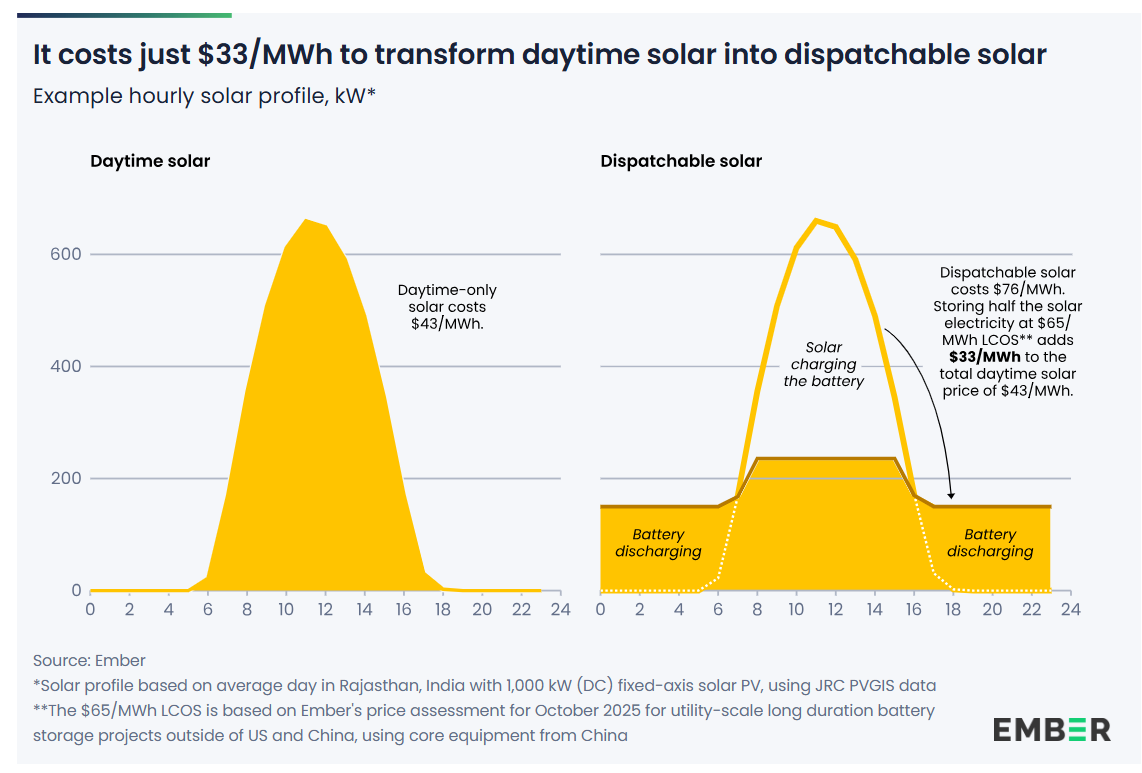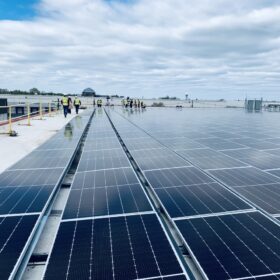An upcoming analysis by the National Renewable Energy Laboratory (NREL), is expected to say that for the U.S. to reach a largely decarbonized electricity sector by 2035, solar deployment will need to accelerate to three to four times faster than its current rate by 2030. Large-scale decarbonization of the electricity sector could move solar from 3% of generation today to over 40% by 2035.
An issue brief released by the Department of Energy (DOE) said that billions of dollars in investment will need to be made through 2050 across clean energy generation, energy storage, electricity delivery, and operations and maintenance. Such investment could result in anywhere from 500,000–1,500,000 people working in solar by 2035.
The brief said that despite the impact of the pandemic on the economy, the U.S. installed nearly 20 GWdc of solar PV in 2020, the largest yearly total ever. It said that according to recent Energy Information Administration figures, 15 GWac of utility-scale PV projects are currently under construction, 7 GWac have received regulatory approval, and 20 GWac are planned. At the end of 2020, more than 450 GW of solar and solar plus storage projects had applied for interconnection to the bulk power system, or 54% of all active projects.
The brief said that achieving an electricity cost of $0.05/kWh translates to an installed cost of about $1.40 per watt. That is roughly $8,400 for a typical 6 kW residential system. The cost target is lower than the current national average of $3.80/watt, and represents a potential cost savings of $14,000.
The employment projections come despite what the DOE brief described as “relatively flat growth” in jobs over the past several years. Data showed that solar employment peaked in 2016 at around 260,000 jobs and fell to 231,ooo in 2020. The report said that the decline is due to an increase of labor productivity in both residential and utility-scale solar deployment since 2010. It also noted that the industry was hit by the economic shutdown due to the Covid-19 pandemic, as the number of workers who spend at least half of their time on solar-related work dropped 6.7% in 2020.
This content is protected by copyright and may not be reused. If you want to cooperate with us and would like to reuse some of our content, please contact: editors@pv-magazine.com.









Robotic Automation for Solar PV Installation can easily enable Large Growth of Solar PV deployment. Once the economy returns, it will be that automation that will enable this major growth. And it’s not just 2-3x — it’s 10x per the DOE Solar Energy Tech Office (SETO) SunShot2030 effort.